Heating the mussel shells used in the clay mix for temper until they are just ready to crumble at which point they are put in a bucket for use in the clay mix of future pots.
Pulling the mussel shells out of the fire and crushing them in the pot.
They are building up hot coals in the fire pit and putting the pots around it to drive out any excess moisture and warm them so they are not shocked by the heat in the pit when they are put in there.
There are two fire pits for this firing because of the number of pots. Dr. Ian Thompson lays down pottery shards to put the pots on top of to act as an insulator between the pots to be fired and the hot coals. It is important to build the heat slowly so as not to shock the pots and fire them slowly.
The pots are laid on top of the pot shards that cover the hot coals. A ring of wood encircles the outer edge of the pit with cedar chips to accelerate the burning. The ring slowly moves in closer to the pots until they are hot enough to be covered by the fire to hopefully avoid breakage by slowly increasing the temperature of the pots.
We had to head from Durant to Idabel before the end of the firing which will go on for about 3 more hours so we will be getting jpgs of the rest of the firing from Dr. Ian Thompson and the excitement of taking the pots out of the pit the next morning when they have cooled sufficiently. Bob has video footage of the pots just beginning to glow red so tune in for the follow-up blog.
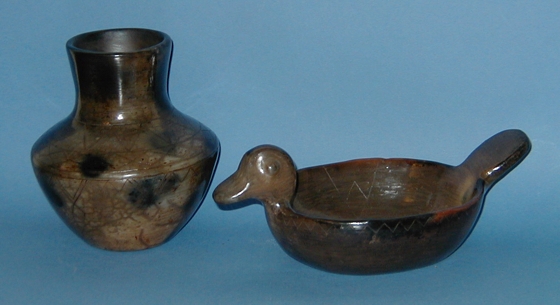 |
Water Bottle and Duck Bowl by Laura Soloman
We will show you beautiful pots from Dr. Ian Thompson and his students at the Choctaw Nation in Durant, Oklahoma in later posts as well as pieces that have either been in exhibition or added to the permanent collection at the Museum of the Red River in Idabel, OK as well as showing you a lot more about the museum and our interview with Director Henry Moy and founders Quintus and Mary Herron.














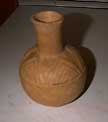
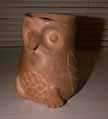

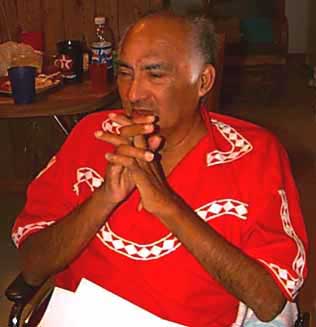
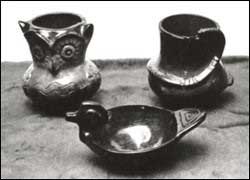

I just received a Grady John pot as a thank-you gift, and couldn't be more thrilled. It's an owl effigy jar, very similar to the owl posted on the website, and is incredibly beautiful.
ReplyDelete